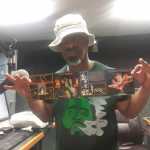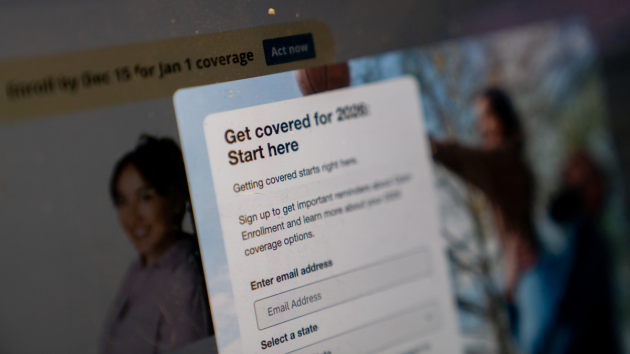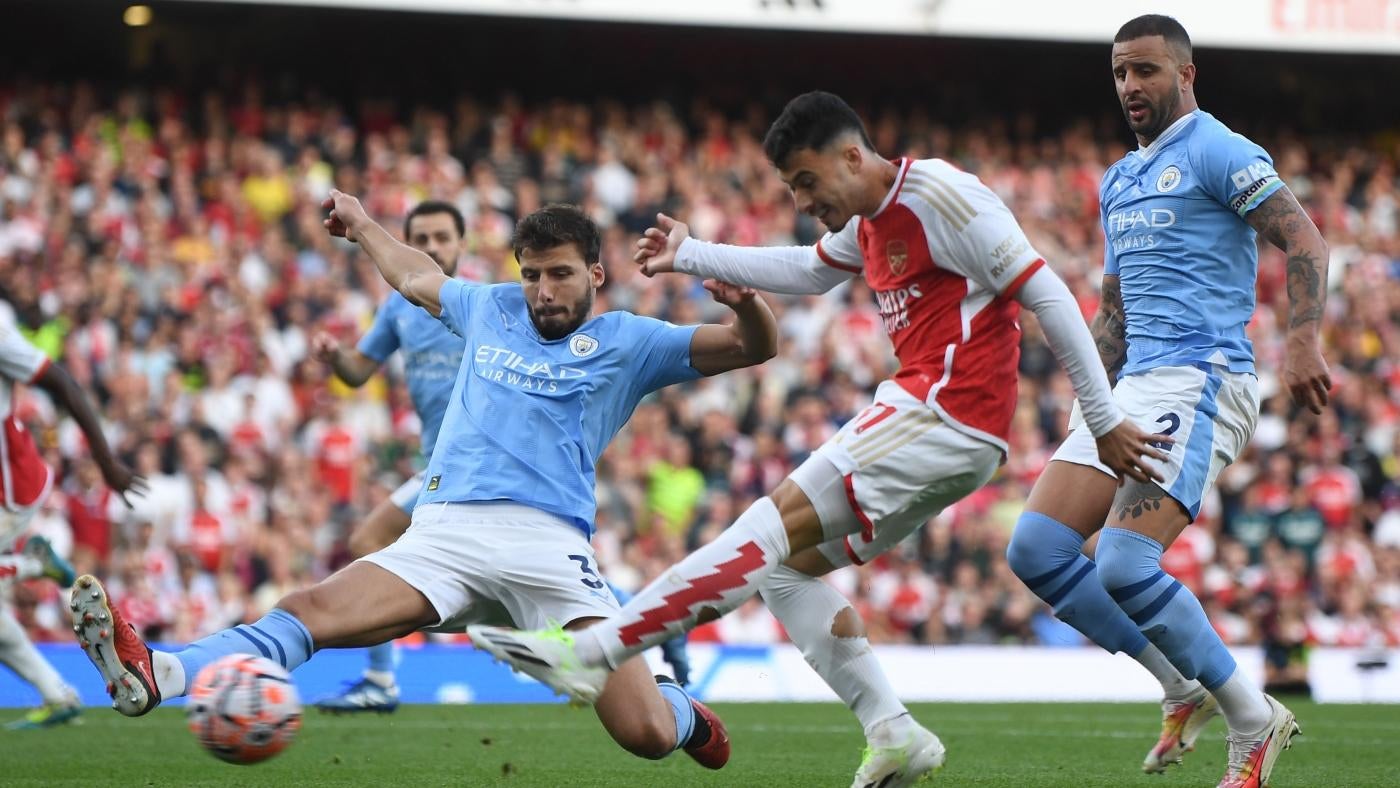Watching the 2024 solar eclipse without protection can harm your eyes. Here’s how to view it safely
Written by ABC Audio ALL RIGHTS RESERVED on March 31, 2024

“Eclipse Across America,” will air live Monday, April 8, beginning at 2 p.m. ET on ABC, ABC News Live, National Geographic Channel, Nat Geo WILD, Disney+ and Hulu as well as network social media platforms.
Millions of people across North America will soon be gathering to watch the historic total solar eclipse on April 8.
While it may be enticing to observe the sun slowly covered, and eventually completely blocked, by the moon, doing so with the naked eye can lead to long-lasting, or even permanent, eye damage.
“The sun is a really powerful star,” Debra Ross, co-chair of the American Astronomical Society (AAS) Solar Eclipse Task Force, told ABC News. “What that means is our bodies are not conditioned to look at the sun. It causes eye damage if we ever tried to stare fixedly directly at the sun.”
“It’s tempting to try to do that during the partial phases of a total solar eclipse, because you want to see what’s happening,” she continued, adding that looking at the sun without proper glasses will undoubtably cause retinal damage.
Experts explained why viewing an eclipse can damage the eyes, what type of glasses you’ll need to watch the “Great American Eclipse” and when is the only time you can take those glasses off.
What is ‘eclipse blindness’?
Looking at the sun during the eclipse without proper eye protection — even for just a couple of seconds — can lead to “eclipse blindness,” or solar retinopathy.
This refers to the retina, which is the layer at the back of the eye. Photoreceptors, which are cells inside the retina, convert light into electrical signals. Those signals are sent by the optic nerve to the brain to create the image a person sees.
However, staring at the sun during an eclipse can burn the retina. Mild symptoms can include watery eyes, eye soreness, headaches and light sensitivity but more serious symptoms include blurry vision, blind spots, dim vision, distorted vision and eye pain.
“There have been people who have had pictures taken of the retina and you can see a crescent-shaped burn in the retina from where the image of the sun got burned onto it,” he added.
If you believe you have suffered a retinal burn, experts say to immediately visit an eye doctor, such as an ophthalmologist or optometrist, to monitor the condition.
Can I watch the eclipse with sunglasses?
Typically, sunglasses protect the eyes from harmful rays with mirror coating and ultraviolet (UV) coating to protect your eyes from UV light and anti-reflective coating to limit reflections.
However, when it comes to the eclipse, regular sunglasses will not offer proper protection, nor will stacking several pairs of sunglasses on top of each other.
“Unfortunately, sunglasses are not enough, because you need them to actually be 1,000 times darker than regular sunglasses,” Dr. Nicole Bajic, an ophthalmologist and assistant professor at the Cleveland Clinic Cole Eye Institute, told ABC News. “So, we are looking specifically for the eclipse glasses, and these have a special filter called the ISO 12312-2.”
ISO 12312-2 is the international safety standard for solar viewers, or products designed for direct viewing of the sun. This does not apply to solar filters that fit on the front of devices such as camera lenses.
Because counterfeit glasses, which claim to be ISO-compliant but actually have not been thoroughly tested, can be easily found online for sale, it is advised to check the AAS website for vetted vendors.
“When you get the eclipse glasses, I want everyone to inspect them just to make sure they’re free of any scratches, holes or tears that would allow direct sunlight through,” Bajic said.
How do I use solar eclipse glasses?
When watching the partial phases of the solar eclipse, when the moon is only partially covering the sun, the experts advise keeping the eclipse glasses on.
Similarly, if you are watching through a camera lens, binoculars or a telescope, make sure it has a special-purpose solar filter according to NASA.
The only time it is safe to take the glasses off is during the brief period of totality, when the sun is completely covered by the moon, which will last at most four-and-a-half minutes.
As soon as the moon starts to move, it’s time to put the glasses on again.
“You will see a bright spike of light coming out from behind the moon,” Ross said. “You know that that is your signal to go and put them back on and then you’ll get to watch the second partial phase of the eclipse.”
Complete totality will occur only along a narrow path, and most of North America will have a partial solar eclipse. As such, most viewers will require special-purpose safe solar filters to view the eclipse, according to the AAS.
What if I don’t have eclipse glasses?
If you don’t have eclipse glasses, there are still creative ways to view the clips. One is through a pinhole viewer.
Poke a hole in a piece of cardboard and look down to see the shadow of the sun in the shape of a crescent projected onto the ground.
“You can also do that with a regular spaghetti strainer,” Ross said. “You’ll see lots and lots of little suns being slowly eclipsed by the moon. We advise doing that instead of ever trying to look at the sun without approved solar filters.”
To use the viewer, position yourself with your back to the sun so that you do not look directly through the pinhole at the sun and use the pinhole viewer at your own risk as these are not officially reviewed for safety.
Copyright © 2024, ABC Audio. All rights reserved.

 KVSP
KVSP 




